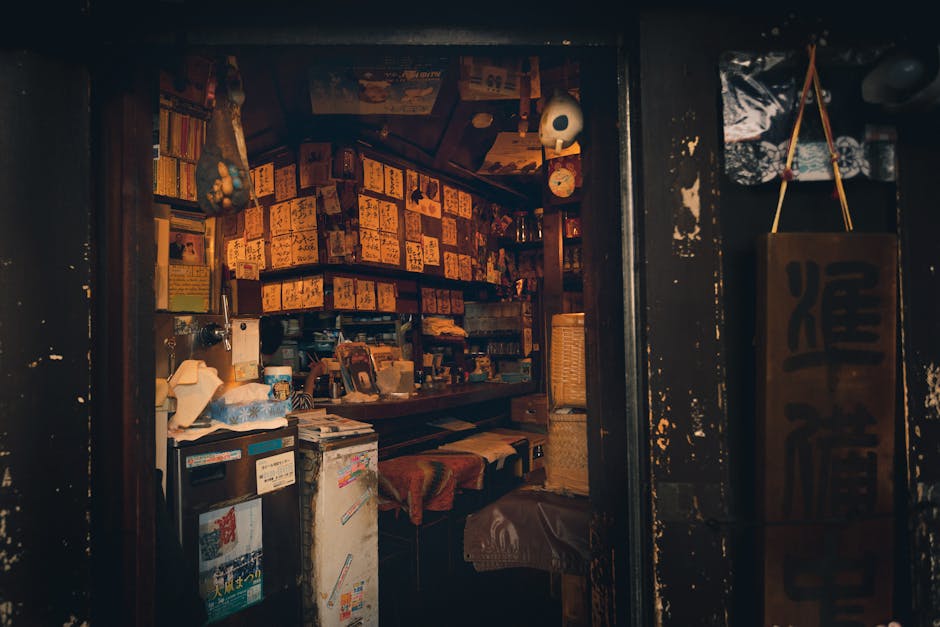Beyond the Dragon: The Unseen Architect – Toyotomi Brothers, Power, and the True Face of the Sengoku Era

Step back in time, if you will, to a Japan fractured by constant warfare, a land where ambition clashed with steel, and legends were forged in the crucible of battle. This was the Sengoku period, a tumultuous age that gave rise to some of history's most compelling figures. Among them, none shine brighter, or perhaps more complexly, than the Toyotomi brothers: the audacious, charismatic elder brother Hideyoshi, who rose from humble origins to become the ultimate Tenkabito – the unifier of Japan – and his steadfast younger brother, Hidenaga, the indispensable Number 2 who quietly orchestrated much of his sibling's success.
The Ascent of a Unifier: Hideyoshi's Vision and Hidenaga's Foundation
The story of Toyotomi Hideyoshi is often told as a rags-to-riches epic, a peasant's son who defied all odds to grasp the reins of power. But behind every great leader stands a team, and for Hideyoshi, that team began with Hidenaga. While Hideyoshi captivated with his brilliant strategies and magnetic personality, Hidenaga provided the crucial stability, administrative genius, and unwavering loyalty that allowed his brother's audacious plans to flourish.
Imagine the strategic landscape of the Sengoku period. Every domain was a potential battlefield, every castle a vital stronghold. Castles weren't merely defensive structures; they were the heart of a daimyo's power, logistical hubs for armies, centers of governance, and symbols of authority. Hideyoshi, master strategist that he was, understood this deeply. His rapid construction of castles like Sunomata, often called a "one-night castle," showcased his ingenuity and speed. Later, his grand Osaka Castle would become a magnificent testament to his power, but even such monumental projects required immense planning, resources, and oversight – tasks that often fell to trusted lieutenants like Hidenaga.
The Quiet Strength of the Number 2: Hidenaga's Strategic Role
Hidenaga was not just a loyal brother; he was a formidable general, a shrewd diplomat, and an astute administrator. While Hideyoshi was out conquering, Hidenaga was often left to manage vast territories, ensure supply lines, negotiate with potential allies, and consolidate newly acquired lands. His calm demeanor and meticulous attention to detail were a perfect foil to Hideyoshi's often impulsive genius. For instance, in the crucial Shikoku campaign, Hidenaga led the main invasion force, expertly coordinating a multi-pronged attack that brought the Chōsokabe clan to heel. This wasn't merely brute force; it was a carefully executed military and diplomatic strategy, showcasing Hidenaga's independent capabilities.
The true nature of the Sengoku period wasn't just about famous battles and legendary swordsmen; it was also about the intricate web of personal relationships, the delicate balance of power, and the quiet competence that held empires together. Hidenaga’s role as Number 2 was a masterclass in supportive leadership. He was often the voice of reason, the calming influence, and the reliable executor of Hideyoshi’s grand designs, ensuring that the elaborate strategies unfolded as intended. Without his steady hand, it's fair to ponder if Hideyoshi's meteoric rise would have been quite so successful or sustained.
Their Legacy: Echoes in the Present Day
The drama of the Toyotomi brothers' lives, their shared ambition and complementary strengths, offers profound insights even today. In an era where leadership and team dynamics are constantly scrutinized, their story serves as a powerful reminder of the value of a strong second-in-command. It highlights how synergy between different leadership styles – the visionary leader and the pragmatic enabler – can achieve extraordinary feats.
The impact of the Sengoku period, shaped by figures like the Toyotomi brothers, is still felt across Japan. The political unification they achieved laid the groundwork for the long peace of the Edo period. Their strategies, their administrative innovations, and even the architectural marvels like Osaka Castle continue to inspire and inform. Visiting these historical sites today, one doesn't just see stones and timber; one feels the echoes of the human drama, the strategic brilliance, and the sheer will of men who reshaped a nation.
To delve into the lives of Hideyoshi and Hidenaga is to truly understand the reality of the Sengoku period – a time of intense personal stakes, groundbreaking strategies, and the enduring power of brotherhood in the pursuit of an impossible dream. Their narrative is a vibrant tapestry woven with ambition, loyalty, and the relentless drive to change the course of history.
Comments
Post a Comment